You boot up, ready to dive into Valorant – Riot Games’ explosive FPS. But wait, 3 TB? That’s more space than your entire game library!
This isn’t just a hiccup. It’s a staggering anomaly. Most modern games, even those with the crispest graphics, barely touch a fraction of that size. Something doesn’t add up. Could Riot Games have possibly packed that much content into one game?
Buckle up as we unravel this enigma. Diving deep into Valorant’s supposed gigantic footprint, we’ll separate fact from fiction, debunking myths and laying bare the truth behind this puzzling 3 TB claim. Prepare for a deep dive into gaming’s latest mystery.
Valorant’s Real Size: Busting Myths
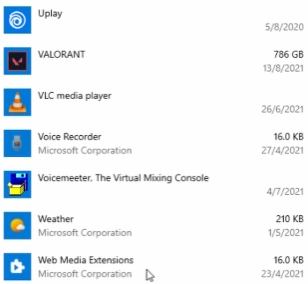
In today’s hyper-speed world of gaming, where every byte and pixel counts, rumors spread faster than a Jett dash. The most puzzling one lately? Valorant’s supposed mammoth size of 3 TB. But before you rush to buy a new hard drive, let’s dive deep into the real size of this game.
The Sleek 20 GB Reality:
First and foremost, Valorant isn’t a data-consuming behemoth. Riot Games designed it to be efficient, ensuring maximum gameplay impact with minimal storage demands. So, if you’ve been hearing about it taking up space equal to a hefty game library, rest easy. It comfortably sits at around 20 GB.
Unpacking the 20 GB:
- Assets: Every game thrives on its assets. In Valorant’s case, it’s about those incredibly detailed character models, their signature animations, and the meticulously crafted weapons that players wield. These assets are a blend of design artistry and technical prowess, making up a good portion of the game’s size.
- Maps:Valorant boasts a collection of maps, each with its own character. From the verticality of Split to the teleporters in Bind, these arenas are both visually rich and tactically diverse. Every wall, every corner, every plant site is designed with care, adding to the game’s data footprint.
- Skins and Cosmetics: Many might think, “How much space can a skin take?” Well, when it’s as detailed and dynamic as Valorant’s, it’s not trivial. Every radiant finish, every gleaming knife animation, every evolving gun skin contributes to the game’s size. And let’s not forget the player cards and sprays, each adding a bit more to the tally.
Stacking Up Against the Competition:
For perspective, let’s glance at some industry titans. Call of Duty: Modern Warfare, with its rich graphics and expansive maps, demands a staggering 175 GB of your hard drive.
Overwatch, Blizzard’s hero shooter, stands at about 30 GB. Given these numbers, Valorant’s 20 GB seems almost petite, especially when considering the high-quality gameplay and visuals it delivers.
The Culprit: A Bug between Windows and Valorant
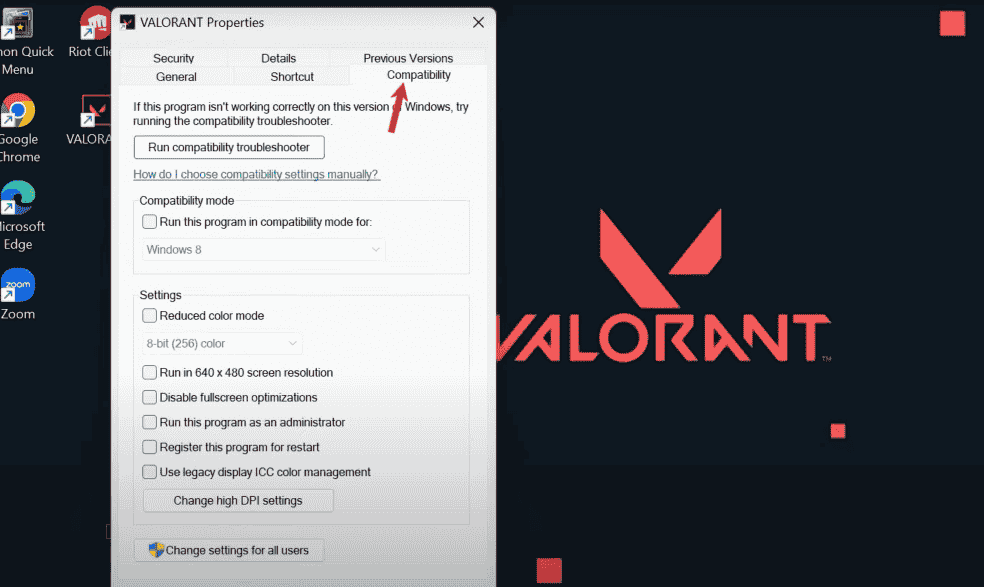
A Miscommunication: Software talks. Sometimes, it mumbles. Windows and Valorant? They’ve had their share of misfires. Not every software plays nice with every OS. That’s tech.
What’s Happening?
Size Mismatch: It’s like Windows is seeing Valorant through distorted glasses. Instead of the lean 20 GB, it’s seeing a monstrous 3 TB. Imagine misreading a $20 bill as $3,000. That’s the scale of misrepresentation we’re talking about.
The Nitty-Gritty:
Rendering Data: Games today aren’t just about play; they’re about aesthetics. Technologies like Ray Tracing? They need heaps of data. Sometimes, this data can get misinterpreted during communication between the game and the OS.
Been There, Seen That: Bugs like these aren’t novel. Remember when iOS once showed negative storage space? Miscommunications happen, even in the digital realm.
In essence? It’s a glitch in the matrix. Valorant isn’t suddenly ballooning in size. Windows just thinks it is. Always double-check before you panic.
Why Such a Misrepresentation?
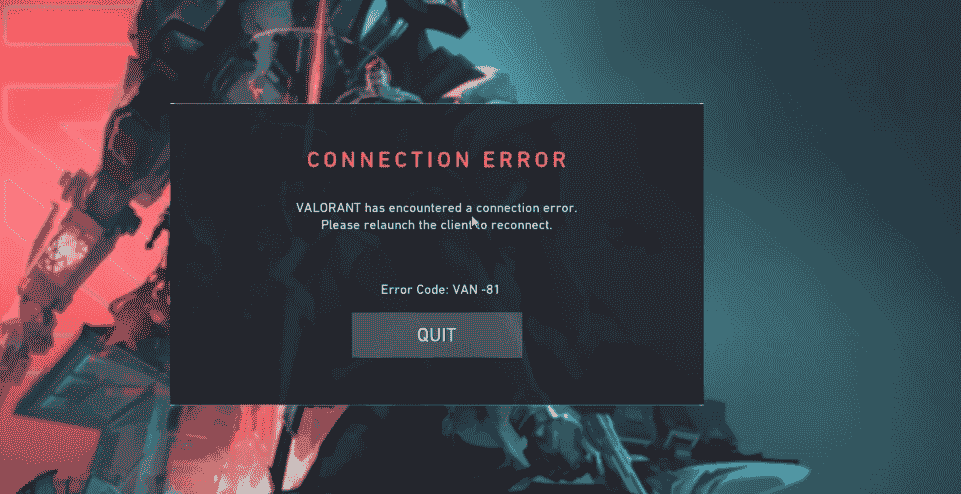
Rendering’s Data Hunger: Every pixel, every frame in a game? It’s data, pure and simple. As games grow richer visually, their appetite for data swells.
- Ray Tracing: Ever marvelled at the reflections in Valorant? That realism? T hat’s Ray Tracing at work. This tech traces paths of rays of light. It’s no simple task. Imagine simulating millions of light rays bouncing around, and you get the picture. It’s about immersion. But immersion isn’t cheap on data.
- Data Inflation: Here’s where things get tricky. As game engines flex their muscles with technologies like Ray Tracing, the data they need grows. It’s like a car burning more fuel for better performance. Sometimes, this “fuel” can get misread, leading to misrepresentations.
A Temporary Blip or an Incorrect Read?
This isn’t about Valorant getting greedy. It’s more about how the game’s data demands communicate with Windows. Sometimes, there’s static in this conversation.
In layman’s terms? Advanced graphics come with a bill. Sometimes, that bill gets misprinted. Always worth a double-check.
Steps to Verify Valorant’s Actual Size on Your System
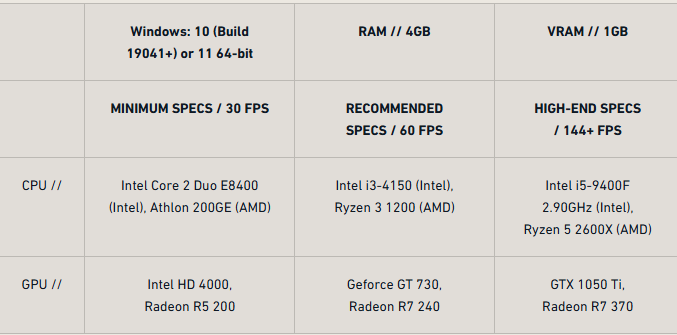
Here is the step-by-step guide to verify the Valorant’s Actual Size on Your System:
1. Trust, but Verify:
First things first, always trust your system, but give it a once-over for a clear picture.
2. Through Windows Settings:
- Start Button: Click it. Every journey begins here.
- Settings: Navigate here. It’s usually a gear-shaped icon.
- Apps: Your next destination.
- Apps & Features: Scroll down, find Valorant.
- Size: Listed right next to it. Check. Compare.
3. Old School File Explorer:
- Open File Explorer: It’s that yellow folder icon we’ve all clicked a thousand times.
- Navigate: Dive into your main drive (usually C:).
- Riot Games: It’s where Valorant calls home.
- Valorant: Click in. Take a deep dive.
- Properties: Right-click the Valorant folder. This option will reveal all.
- Size: Listed clear as day.
4. Third-Party Help:
There are tools galore that can help you monitor disk usage.
- WinDirStat: A classic. Colorful blocks represent files. Bigger the block, bigger the file.
- SpaceSniffer: Another gem. Real-time mapping of your hard drive.
- TreeSize Free: It gives you a breakdown, a clear tree of where space gets consumed.
Bottom Line: It’s good to be curious. It’s better to verify. Your system’s space is precious. Make sure it’s used well. And if you’re ever in doubt? Well, you’ve got the tools now. Dive in. Check. Validate.
Addressing the Bug
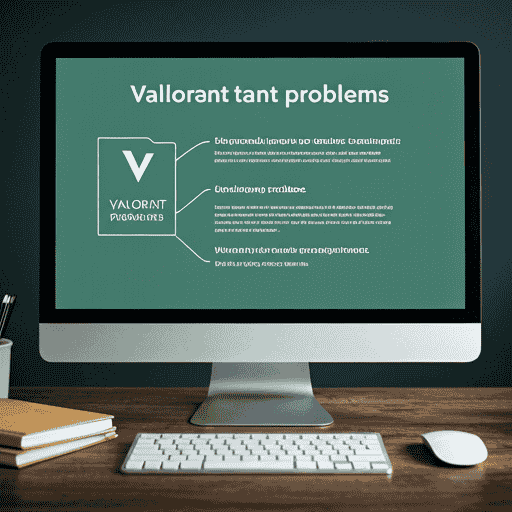
Often, simple steps can troubleshoot even the peskiest problems.
1. Update Valorant:
- Check for Updates: It’s there, usually top-right. Click. Let it do its thing.
- Reboot: A good ol’ restart post-update never hurts.
2. Update Windows:
Windows plays a significant role in software miscommunication.
- Settings: Dive in.
- Update & Security: That’s your ticket.
- Windows Update: Hit that “Check for updates” button. Let Windows search, download, and install.
3. Reinstall:
Sometimes, a fresh start can do wonders.
- Uninstall Valorant: Do it from ‘Apps & Features’.
- Reinstall: Visit Riot Games’ website. Download. Install. Fresh slate.
5. Use Riot’s Repair Tool:
- It’s built for issues like these.
- Riot Client: Launch.
- Settings: Find it, usually a gear icon.
- Initiate Repair: It checks game files, fixes inconsistencies.
6. Reach Out to Riot Support:
If all else fails, get the pros involved.
- Riot’s Support Page: That’s where you’ll head.
- Submit a Ticket: Detail your issue. Attach screenshots if possible. They’re good, they’ll help.
Anomalies happen. Tech isn’t perfect. But armed with the right steps, you’re well-equipped to handle them. And remember, when in doubt, there’s always a community out there, and Riot’s support, ready to assist. Stay updated, stay vigilant, and game on.
Conclusion
In the expansive universe of gaming, accuracy is paramount. We place trust in numbers, from high scores to system requirements. This Valorant anomaly? A reminder. Software, as intricate as it is, isn’t infallible. Glitches sneak in, but they’re never the end of the story.
But here’s the silver lining: with challenges come solutions. The tech world’s essence is evolution, adapting, patching, and refining. Bugs? They’re mere hiccups on this journey.
So, to every Valorant enthusiast: Dive into those mesmerizing graphics, feel the adrenaline, and savor every match. But as you do, stay sharp, stay informed. Because in the digital age, the best weapon isn’t just a good aim—it’s knowledge. Now, lock and load, and let the games begin.
